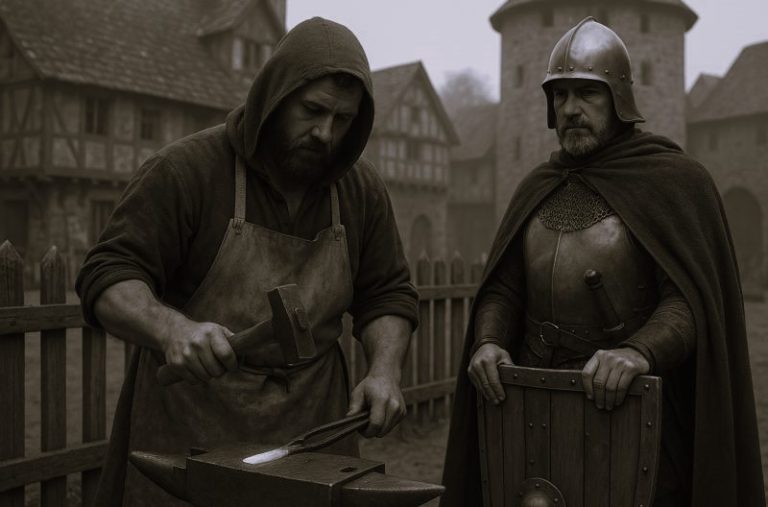


By Dr. Sam Vong
Curator of Asian Pacific American History
National Museum of American History
The Transcontinental Railroad was completed 150 years ago, in 1869. In 1800s America, some saw the railroad as a symbol of modernity and national progress. For others, however, the Transcontinental Railroad undermined the sovereignty of Native nations and threatened to destroy Indigenous communities and their cultures as the railroad expanded into territories inhabited by Native Americans.
I asked Dr. Manu Karuka, American Studies scholar and author of Empire’s Tracks: Indigenous Nations, Chinese Workers, and the Transcontinental Railroad, about the impact of the railroad on Indigenous peoples and nations.
Traditional histories of the Transcontinental Railroad often exclude Native Americans. How does including Indigenous peoples and nations transform these familiar narratives?
Indigenous people are often present in railroad histories, but they form a kind of colorful backdrop that establishes the scene. Rarely, if ever, do we get an understanding of the interests that drove Indigenous peoples’ actions in relation to the railroad. Rather than analyzing Indigenous peoples’ commitments to their communities and their homelands, railroad histories have emphasized market competition and westward expansion. Focusing on Indigenous histories reveals how Indigenous nations have survived colonialism.

Your new book reinterprets the building of the railroad as a colonial project. Your book also challenges readers to consider the Transcontinental Railroad as a form of “continental imperialism.” Colonialism and imperialism are two very distinct processes. How are they different, and how are they related in your analysis of the Transcontinental Railroad?
The Oxford English Dictionary defines colonialism as “colonization by settlement.” In the case of the U.S., Canada, and other settler colonies, colonialism is a process that replaces existing, Indigenous communities and ways of relating to the land with settler populations, and settler ways of life.
The Transcontinental Railroad facilitated the colonization of western territories by encouraging new settlements on Indigenous lands.
This colonization was an extension of what I call “continental imperialism.” I draw from the work of W.E.B. Du Bois and Vladimir Lenin to understand imperialism as a process through which finance capital becomes ascendant over industrial capital. This results in the increasing concentration of wealth under fewer hands, through corporate trusts and mergers. Du Bois and Lenin argued that the hyper-concentration of wealth led to the territorial division of the world. Railroads were a core infrastructure of imperialism in North America, Africa, Asia, and Latin America.
What roles did Native Americans play during the construction of the Transcontinental Railroad?
It is important to distinguish between different nations and their relationships to the railroad. The railroad did not impact Native peoples in a uniform manner.
Lakotas, for example, had developed a way of life organized around the expansiveness of the Plains and of the life on it, especially the massive buffalo herds. As the Lakota writer and political leader Luther Standing Bear described it, Lakota people moved through their land, following buffalo herds. “Moving day was just like traveling from one nice home to another.” When the Union Pacific Railroad was being built, Lakota expansiveness confronted the expansionist drive of the United States. This represented two distinct and competing ways of living in relationship to the land and the living beings on it.

The Cheyenne experience was different. The railroad disrupted intertribal trade on the Plains, and thereby broke a core aspect of Cheyenne economic life. Cheyennes responded to this crisis by developing annuity economies, based around regular payments by the U.S. federal government, as stipulated in treaties, and raiding economies. This signaled a long-term strategic shift within Cheyenne communities.
Other Indigenous peoples found themselves drawn into a closer relationship with railroad construction. For instance, some Pawnee men worked as scouts for the U.S. Army, defending railroad construction parties. Their work provided an avenue to wage labor, shaped in a historical context of the imposition of commercial farming and boarding schools on Pawnees. Both of these impositions sought to replace Pawnee women’s agricultural and pedagogical work and relationships.

How did the U.S. government’s role in railroad construction affect Indigenous peoples?
The U.S. Congress granted millions of acres of land to railroad companies. According to treaties ratified by Congress, these lands belonged to different Indigenous nations. In other words, Congress granted land to railroad companies that was not legally under its control. The different forms of Indigenous resistance to railroad construction were neither savage nor illegal. These were forms of resistance to uphold treaties, the supreme law of the land.
The possibility of Indigenous resistance posed risks to investors. In response, the U.S. government enlisted the U.S. Army to ensure that resistance could be contained. The Army and state militias enforced the progress of construction through military occupation of Indigenous communities, deliberately targeting villages and food sources. This took the form of massacres of entire villages, as at Sand Creek and Blue Water Creek; assassination of tribal diplomatic leaders; attempts to isolate children from their families; and the wholesale destruction of the buffalo herds. The goal was to destroy the ability of Indigenous nations to contest the invasion and occupation of their lands. The railroads themselves facilitated these military tactics by enabling swift troop and supply movements over great distances in harsh weather.
Despite the efforts of both railroad officials and military authorities, Indigenous peoples resisted. In the summer of 1867, for example, Cheyenne raids led to the complete disruption of railroad construction. Massive villages conducted strategic attacks on military outposts, settler communities, and the overland trail, completely isolating Denver from the United States for a time.
Resistance continued well after the completion of the Transcontinental Railroad. In 1873, Lakotas took up armed resistance against the Northern Pacific Railroad’s illegal incursion of their homelands. Despite genocidal violence and ecological destruction, the Indigenous nations invaded by railroad colonialism are still here today. Some are at the forefront of contemporary struggles against fracking, pipelines, coal mining, and monopoly agro-business.

What are some of the challenges in telling a history of the Transcontinental Railroad through the lens of Native Americans?
Corporate, military, and Indian Office officials created documents to facilitate the capture of Indigenous lands and the exploitation of Chinese labor. For example, I have read census records of Paiute Native Americans that tabulate the size of populations, and “propensity to labor,” with question marks next to each number recorded. These records have been cited in scholarship as facts, essentially removing the question marks. In other words, historians have cited supposed facts from documents that actually recorded rumors. A core challenge for historians working in these archives is to expose these rumors, and the impulse behind them, rather than repeating them at face value. In a larger sense, I think there is work for all of us to better understand the histories of the places where we live, rather than repeating the stories we have been told. For the great majority of us, I think our survival depends on it.
Originally published by Smithsonian Institution, 07.03.2019, reprinted with permission for educational, non-commercial purposes.






